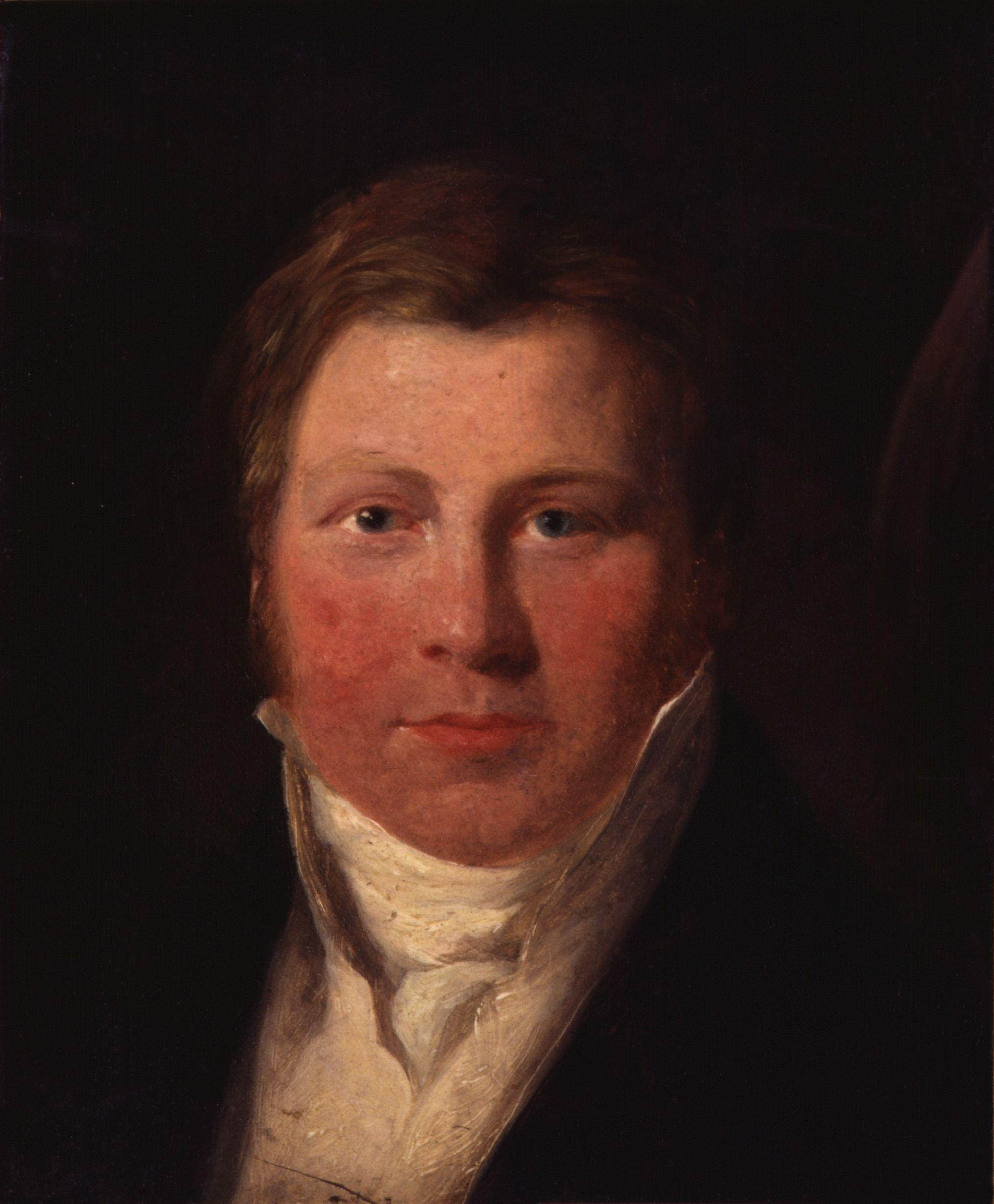
Wikimedia Commons
William Blake’s The Ghost of a Flea is one of his more “bizarre” paintings,[1] as well as one of his smallest, at just 21.4 cm by 16.2 cm. Painted in about 1819–1820, it has been described by the art critic Alan Riding as “quite his strangest and certainly most Gothic work”.[2] There are certain similarities between the muscular, almost reptilian flea and the evil imp in Henry Fuseli
Swiss-born British Romantic artist (1741–1825), who established a reputation for his paintings depicting the horrifying and fantastic.‘s The Nightmare
Oil painting by Henry Fuseli, depicting an ape-like incubus crouching on a sleeping woman, first exhibited at the Royal Academy in 1782. (1781), which may have been one of Blake’s inspirations.[3]
The painting is almost certainly a bit of fun at the expense of Blake’s friend the landscape artist and astrologer John Varley, but it was also meant as a damning indictment of the worst aspects of human nature,[4] an amalgamation of man and beast.[5] In the words of the poet Stanley Moss,
Blake drew a giant flea
inhabited by the soul of man,
“bloodthirsty to access,”
usually “providentially confined”
to the size and form of a flea.[6]
The Ghost of a Flea was donated to Tate Britain by W. Graham Robertson in 1949, where it remains as at 2019.[7]
Description
The painting is done in temperaTerm applied to any paint in which the pigment is dissolved in water and mixed with an organic gum or glue. heightened with gold on a mahogony panel. The ghost, in the form of a muscular naked man, is striding across what appears to be a stage, with heavy curtains to either side and a starry backdrop. He is staring into the bowl held in his left hand, his reptilian tongue flicking out from between his lips. His right hand is behind his back, holding a large thorn. The painting is dark, suggesting that the flea is a shadowy figure illuminated only briefly by a shooting star that is hurtling by.[8]
Blake sought to represent the flea as “a monsterous creature whose bloodthirsty instinct was imprinted on every detail of its appearance, with ‘burning eyes which long for moisture’, and a ‘face worthy of a murderer’.”[9]
John Varley
Blake struck up a friendship with John Varley, who was thirty years his junior. The two shared a belief in Johan Caspar Lavater’s theory of physiognomy, the idea that an individual’s appearance was an expression of their true character. In addition, Varley believed that Blake was a visionary, in the sense that the historical figures he painted were representations of something that appeared before the artist. One evening, in his own words, Varley found Blake “to be more than usually excited”.[4]

